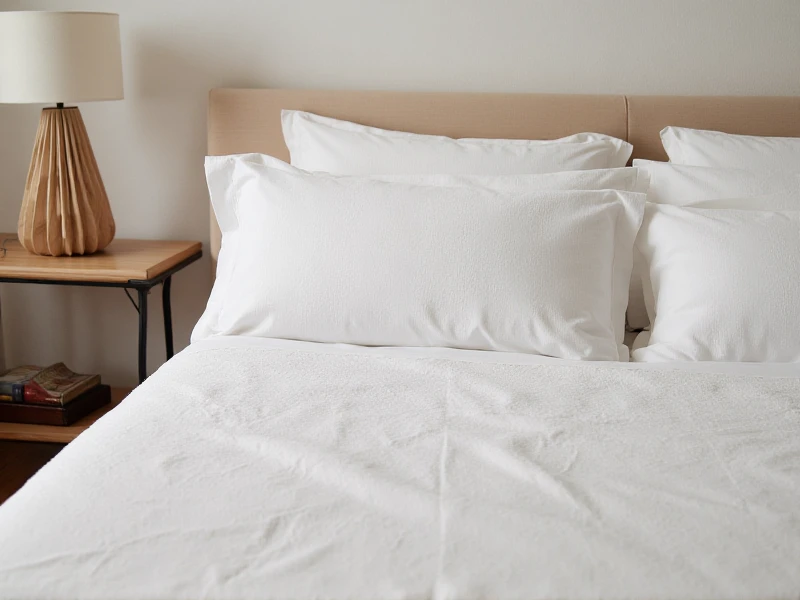The Transformative World of Textiles: Innovations and Sustainability in Modern Life
2025-06-07

In today's fast-paced world, textiles remain an essential part of our daily lives, woven into everything from the clothes we wear to the fabrics in our homes and even high-tech applications. As someone who's spent years exploring this industry, I've seen firsthand how textiles evolve from simple fibers to complex innovations. Historically, textiles date back thousands of years, with early humans spinning natural fibers like cotton and wool for basic clothing or shelter. Fast forward to today, and textiles are driving sustainable revolutions and technological breakthroughs. The rise of eco-friendly materials, for instance, tackles climate change head-on, while smart textiles integrate electronics for health monitoring. It's not just about fashion anymore—it's about a global shift towards smarter, greener living.
Looking at textiles through a historical lens shows incredible transformation. In the ancient world, civilizations like Egypt and China pioneered weaving techniques using linen and silk, setting foundations for trade and cultural exchange. By the Industrial Revolution, machinery like the spinning jenny mechanized production, making textiles more accessible but often at environmental costs. Today, that narrative has flipped. We're seeing innovations like recycled polyester from plastic bottles or organic cotton farming that reduces water waste by up to 90%. I remember visiting a small textile mill in India last year where workers embraced these changes— it felt inspiring to touch fabrics that were both soft and sustainable. Key statistics show the market for such sustainable textiles is projected to grow by over 8% annually, proving that green materials aren't just a trend but a necessity.
The current trends in textiles emphasize both sustainability and cutting-edge tech. For instance, circular textiles models are gaining traction, promoting recycling and reuse to cut landfill waste. Brands are adopting closed-loop systems, turning old garments into new yarns without sacrificing quality. Then there's the exciting realm of smart textiles. Imagine wearing a shirt that monitors your heart rate through embedded sensors, or fabrics that change color responding to temperature shifts. These innovations sprang from sectors like biotech and nanotechnology, blending fabrics with digital capabilities. Another hot topic is performance textiles used in sports and healthcare. Think moisture-wicking fabrics enhancing athletic gear or antimicrobial textiles in hospitals that prevent infections. It's clear that the textile industry isn't just adapting to modern needs—it's leading charge in innovation.
Beyond everyday use, textiles extend into less obvious fields, creating ripple effects across industries. In architecture, for example, sustainable textiles form eco-friendly building materials that insulate homes better while lowering carbon footprints. My friend, an architect, raved about how fabrics like hemp-based composites are revolutionizing green designs. Medical textiles play a crucial role too, with items like biodegradable sutures or wound dressings that accelerate healing. Even the automotive sector relies on advanced textiles—fire-resistant fabrics in cars improve safety, and recycled textiles in upholstery cut manufacturing waste. This versatility demonstrates how textiles drive economic growth, supporting millions of jobs worldwide while fostering responsible consumption.
As we look to the future, textiles promise even greater progress. Innovations like lab-grown leather made from fungi could reduce animal farming impacts, while AI-driven production ensures efficiency and customization. On the horizon, expect textiles to play key roles in renewable energy, such as fabrics generating solar power. Yet, challenges remain, like scaling up sustainable practices globally without inflating costs. To harness this potential, I urge everyone to support brands prioritizing eco-textiles—it's a small step toward a larger impact. Ultimately, textiles are more than materials; they're threads connecting heritage, innovation, and sustainability. Dive deeper into how you can contribute to this vibrant ecosystem—your next outfit could be a statement for change.
Word count: Approximately 650 words.
Category: